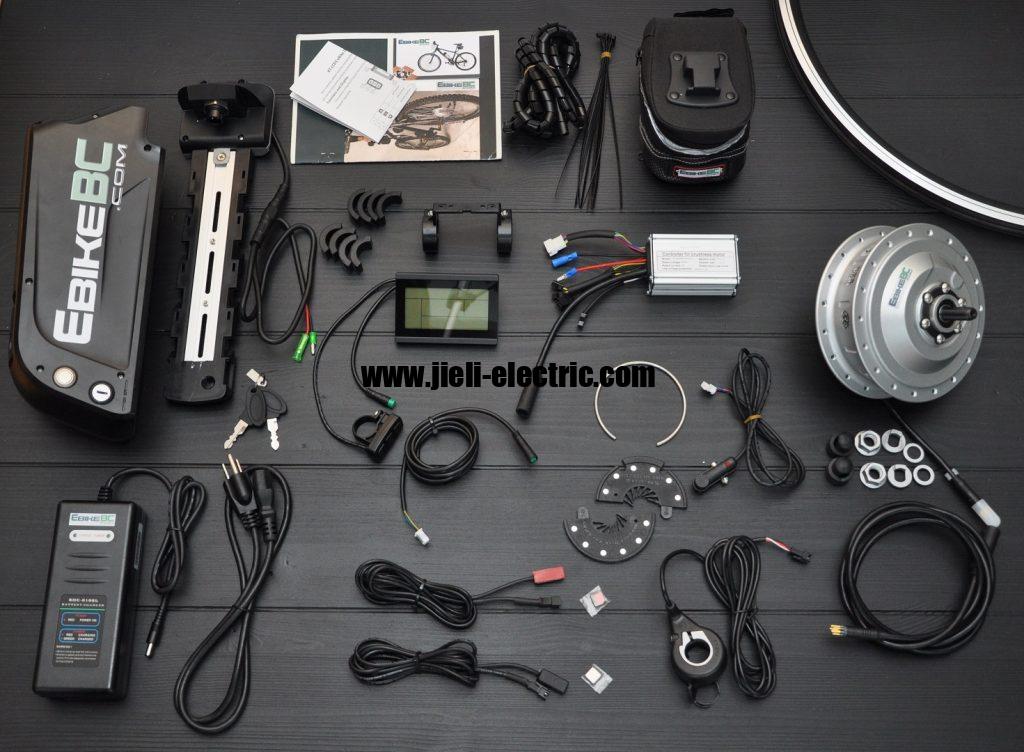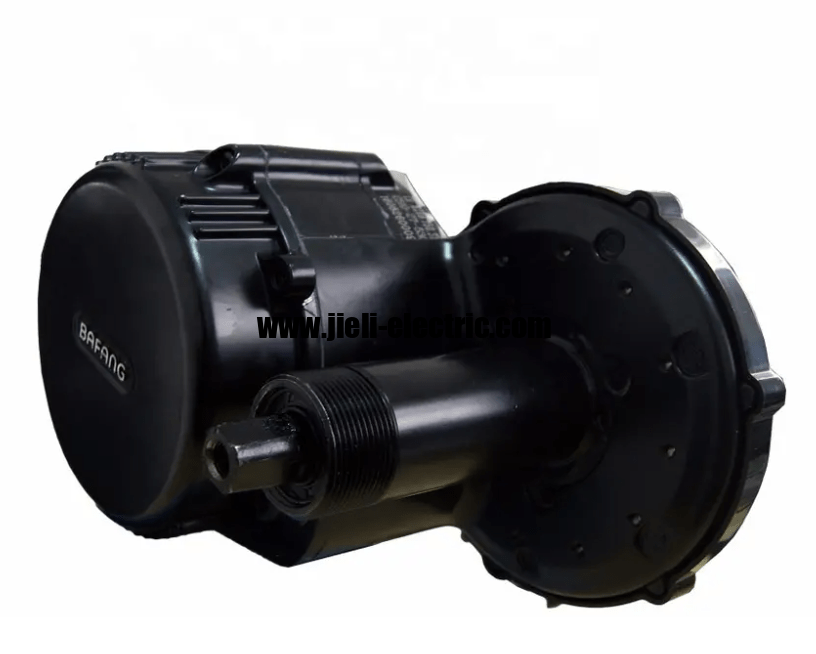When selecting an e-bike, one of the critical factors to consider is the e-bikes weight, as it significantly influences overall performance and usability. A lightweight e-bike can enhance maneuverability and ease of transport, making it an appealing choice for urban commuters. Conversely, heavier models may offer increased stability and robust features tailored for diverse riding styles. Additionally, understanding the relationship between weight, battery capacity, and materials can help in making an informed decision that aligns with your specific needs. This article aims to provide a comprehensive overview of the essential considerations when evaluating e-bike weight, ensuring that riders can optimize their choice for both performance and practicality.
Factors Influencing E-Bike Weight
Several key factors, including the materials used in construction, battery size, and motor type, significantly influence the overall weight of an e-bike. The choice of frame materials, such as aluminum or carbon fiber, can lead to substantial differences in weight. Additionally, the capacity and weight of the battery play a crucial role, as larger batteries generally add more mass. The type and power of the motor also contribute to the total weight, with more powerful motors often being heavier. Understanding these factors is essential, as the weight of an e-bike directly impacts its performance on various terrains and during different riding conditions.
Impact of Weight on Performance
The impact of weight on performance is a critical factor that influences acceleration, handling, and overall efficiency in e-bike operation. Lighter e-bikes tend to offer improved acceleration, allowing riders to reach desired speeds more quickly. Additionally, reduced weight enhances maneuverability, making it easier to navigate tight spaces and execute sharp turns. The overall efficiency of an e-bike is also affected by its weight, as heavier models may require more energy to maintain speed, thereby diminishing battery life. Therefore, considering weight is essential for optimizing both the riding experience and performance outcomes.
Weight Considerations for Different Riding Styles
Weight considerations play a crucial role in determining the suitability of an e-bike for various riding styles, influencing factors such as maneuverability, battery efficiency, and overall performance. For urban commuting, a lightweight e-bike can enhance agility and ease of navigation through traffic. In contrast, heavier models may be preferred for off-road or long-distance rides, as they often provide better stability and durability. Riders who prioritize speed may benefit from a more aerodynamic design, which typically correlates with a lighter frame. Ultimately, the choice of e-bike weight should align with the specific needs and preferences of the rider.
Transporting and Storing Your E-Bike
Transporting and storing an e-bike requires careful consideration of its dimensions and weight distribution to ensure safety and accessibility. Proper securing methods, such as using straps and padded carriers, can prevent damage during transit. When selecting a storage location, factors such as humidity control and protection from extreme temperatures are vital to maintain the bike’s components. Additionally, the use of a bike cover can shield the e-bike from dust and environmental elements. Implementing these considerations can significantly enhance the longevity and performance of the e-bike.
Balancing Weight and Battery Capacity
Balancing weight and battery capacity is crucial for optimizing e-bike performance and rider experience. A lightweight frame can enhance maneuverability and ease of transport, while a larger battery extends the range and usability of the e-bike. However, increasing battery size often results in added weight, which can diminish overall performance. Therefore, manufacturers must strategically design e-bikes to find an optimal balance that meets the diverse needs of riders. This interplay of weight and battery capacity is significantly influenced by the material choices made during the manufacturing process.
Material Choices and Their Effect on Weight
Material choices significantly influence the overall weight of an e-bike, affecting both performance and user experience. Lightweight materials such as carbon fiber and aluminum alloys are often preferred for their strength-to-weight ratios, contributing to enhanced agility and speed. Conversely, heavier materials like steel may offer durability but can hinder performance and increase fatigue during longer rides. Manufacturers must balance material selection with cost, as high-performance materials can significantly elevate the overall price of the e-bike. Ultimately, the choice of materials directly impacts not only the e-bike’s weight but also its usability and appeal to a diverse range of riders.
Frequently Asked Questions
How does the weight of an e-bike affect its resale value?
The weight of an e-bike can significantly influence its resale value, as potential buyers often seek models that balance performance with manageability. Lighter e-bikes are generally perceived as more desirable due to their ease of handling and transport, which can lead to higher resale prices. Conversely, heavier models may deter buyers, particularly if they are viewed as cumbersome or less practical for everyday use. Consequently, sellers must take into account the weight of their e-bike when assessing its marketability and potential value in the resale market.
What are the legal weight limits for e-bikes in different regions?
The legal weight limits for e-bikes vary significantly across different regions, reflecting diverse regulatory frameworks. In the United States, many states impose a weight limit of 100 pounds (approximately 45 kg) for e-bikes, although specific regulations can differ. In contrast, the European Union generally defines e-bikes as having a maximum weight of 40 kg (approximately 88 pounds), excluding the battery. It is essential for e-bike manufacturers and consumers to stay informed about these regulations to ensure compliance and optimal usage.
Can the weight of an e-bike impact insurance costs?
The weight of an e-bike can indeed have an impact on insurance costs, as insurers may evaluate various factors including risk and potential damages associated with heavier models. Heavier e-bikes might be perceived as more durable and capable of handling rougher terrains, potentially influencing the likelihood of claims. Conversely, lighter e-bikes could be seen as more susceptible to theft or damage, which may lead to higher premiums due to increased risk. Ultimately, it is essential for e-bike owners to consult with their insurance providers to understand how weight affects their specific policies and rates.
If you’re interested in e-bikes, you won’t want to miss out on learning about what to expect from an Uber e-bike ride. This insightful article covers everything from ride comfort to pricing, ensuring you’re well-prepared for your next adventure. Check it out here!


